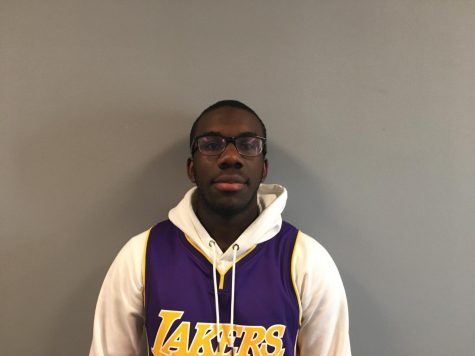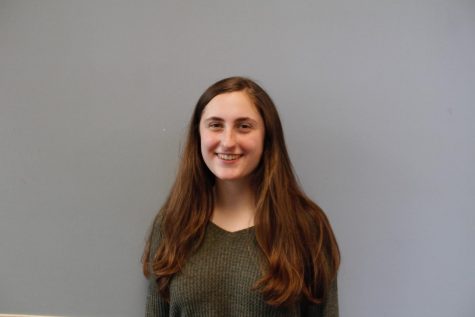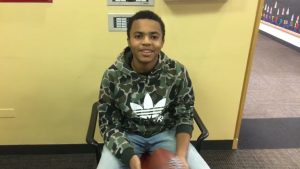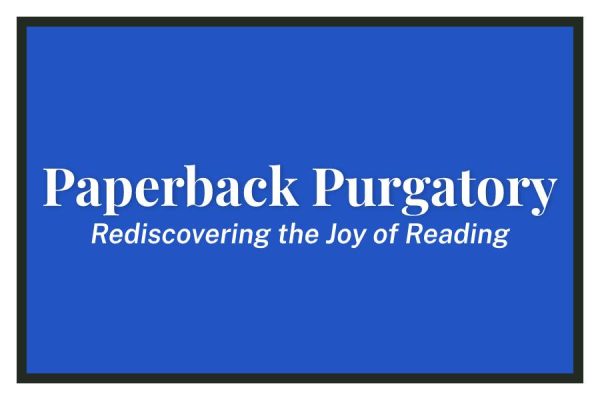Parker to the Polls
Upper School Students Serve as Election Judges
The midterm elections took place on November 6 as Americans from coast to coast came together in the first federal election since the beginning of the Trump era. The Chicago Board of Elections recruited 2,000+ Chicago high school juniors and seniors to serve as student election judges for every election this year.
Among the thousands of teachers advising their students to become election judges was Upper School history teacher Andrew Bigelow. “My mission was to make sure that we have students who were able to participate in our democracy and witness our democracy in action,” Bigelow said. “Students were able to learn who was running and what wards and precincts were.”
There were certain required criteria that high school students needed to become a judge, which included completing a four hour-long training session, having a grade point average of at least 3.0 on a 4.0 scale, and being able to work the polls as early as 5:00 a.m.
“We were supposed to be there from 5 a.m. to 7 p.m.,” junior Kushmir Onisemoh said. “I didn’t finish until nine. I put in 16 hours. Boy was that brutal. But at the end of the day, it’s nice to know I participated in helping citizens perform their civic duty.”
There are five judges in each precinct. In odd-numbered precincts, there are three Republican judges and two Democratic judges. In even-numbered precincts, there are three Democratic judges, and two Republican judges.

Only one high school judge per political party can be assigned to any precinct. Even though most junior judges are not registered to vote, as they’re underage, they were able to experience helping others vote.
“Being an election judge was a great and rewarding experience,” junior Nicole Feitler said. “Although I wasn’t able to vote, having some contribution to the process and exercising my civic duty was important to me.”
The responsibilities of being a student judge centered around three key points, the first being that they were required to set up the voting equipment at 5 a.m. on Election Day. The second requirement was that the judges had to conduct a fair and impartial election in the precinct polling place from 6 a.m. to 7 p.m. The last task was tabulating the vote totals for the precinct after the polls close at 7 p.m.
“This election was very important for the future of the country,” junior Anna Fuder said. “Since I’m not old enough to vote, helping run the polls was the perfect way for me to get involved, whether that was by helping people register to vote or making sure voters were at the correct polling place for their precinct.”
Celebrities all over the country urged eligible citizens to vote. Many aimed their attention towards young voters, encouraging them to cast their vote on November 6.
In a first-of-its-kind event, more than 50 actors, comedians, and YouTube stars joined a two-hour, live-streamed telethon on Monday, November 5. The telethon was aimed at firing up young voters, the age group least likely to cast a ballot.
Stars such as Amy Schumer, Adam Devine, Lil Rel, Chelsea Handler, and Jeff Ross, urged viewers to call in to a celebrity phone bank and pledge to vote the next day, as turnout in midterm elections is traditionally lower than in general elections.
In October, only 25% of people from ages 18 to 29 said they were certain to vote in the midterm election, the lowest percentage of any age bracket. Approximately 103 million US citizens voted in this midterm election, compared to the 138 million who voted in the most recent presidential election in 2016.










